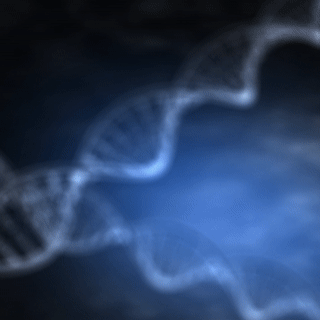What do you have in common with rodents, birds, and reptiles? A lot more than you might think. These creatures have organs and body systems very similar to our own: a skeleton, digestive tract, brain, nervous system, heart, network of blood vessels, and more. Even so-called “simple” organisms such as insects and worms use essentially the same genetic and molecular pathways we do. Studying these organisms provides a deeper understanding of human biology in health and disease, and makes possible new ways to prevent, diagnose, and treat a wide range of conditions.
Historically, scientists have relied on a few key organisms, including bacteria, fruit flies, rats, and mice, to study the basic life processes that run bodily functions. In recent years, scientists have begun to add other organisms to their toolkits. Many of these newer research organisms are particularly well suited for a specific type of investigation. For example, the small, freshwater zebrafish grows quickly and has transparent embryos and see-through eggs, making it ideal for examining how organs develop. Organisms such as flatworms, salamanders, and sea urchins can regrow whole limbs, suggesting they hold clues about how to improve wound healing and tissue regeneration in humans.
Continue reading “Amazing Organisms and the Lessons They Can Teach Us”
 Credit: University of Nebraska, Lincoln.
Credit: University of Nebraska, Lincoln.![]() resources that educators nationwide can use to engage their students in science. The SEPA program supports innovative STEM
resources that educators nationwide can use to engage their students in science. The SEPA program supports innovative STEM ![]() and informal science education
and informal science education ![]() projects for pre-kindergarten through grade 12. The program includes tools that teachers, scientists, and parents can use to excite kids about science and research, such as:
projects for pre-kindergarten through grade 12. The program includes tools that teachers, scientists, and parents can use to excite kids about science and research, such as:

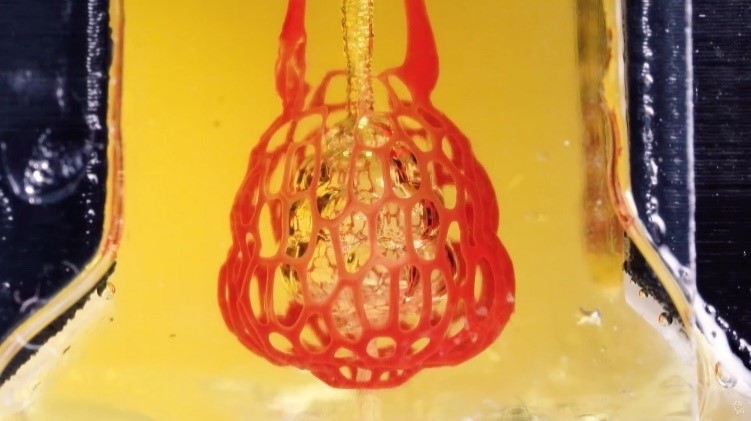 A bioprint of the small air sac in the lungs with red blood cells moving through a vessel network supplying oxygen to living cells. Credit: Rice University.
A bioprint of the small air sac in the lungs with red blood cells moving through a vessel network supplying oxygen to living cells. Credit: Rice University.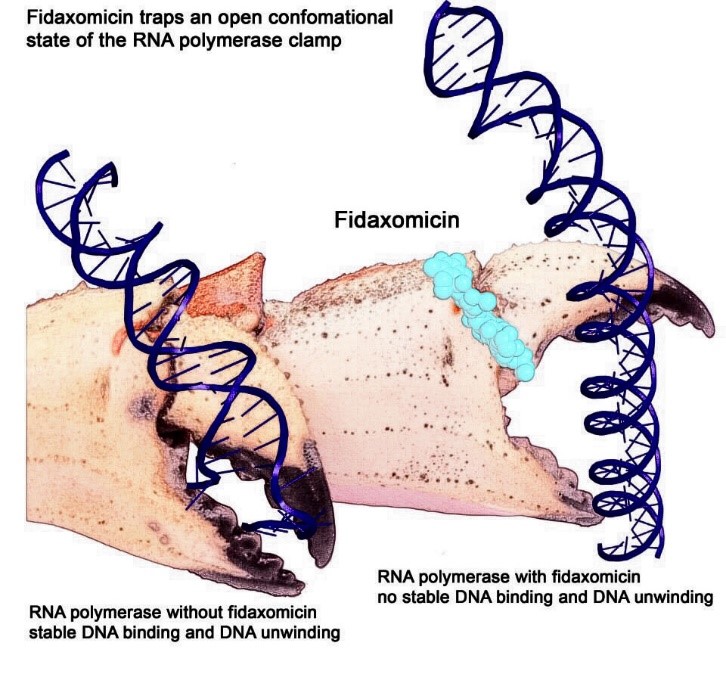 Artist interpretation of RNAP grasping and unwinding a DNA double helix. Credit: Wei Lin and Richard H. Ebright.
Artist interpretation of RNAP grasping and unwinding a DNA double helix. Credit: Wei Lin and Richard H. Ebright.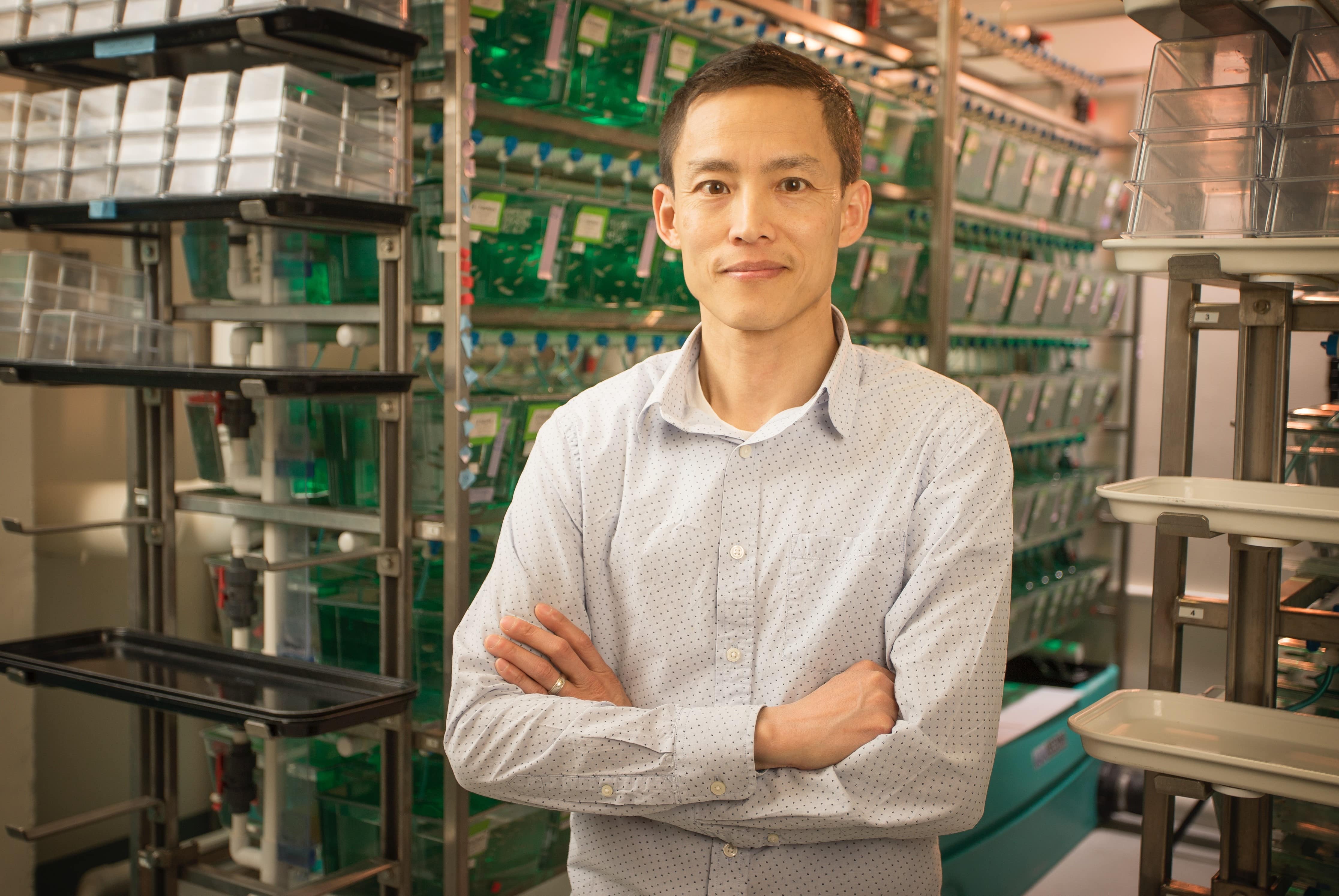 Viravuth (“Voot”) Yin, associate professor of regenerative biology and medicine at MDI Biological Laboratory and chief scientific officer at Novo Biosciences, Inc., in Bar Harbor, Maine. Credit: MDI Biological Laboratory.
Viravuth (“Voot”) Yin, associate professor of regenerative biology and medicine at MDI Biological Laboratory and chief scientific officer at Novo Biosciences, Inc., in Bar Harbor, Maine. Credit: MDI Biological Laboratory.
 Credit: Zvonimir Dogic, Brandeis University.
Credit: Zvonimir Dogic, Brandeis University.
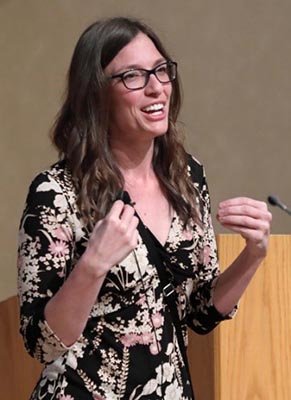 Dr. Melissa Wilson.
Dr. Melissa Wilson.

